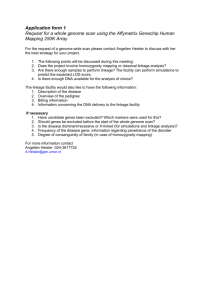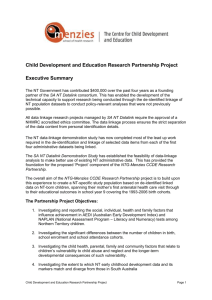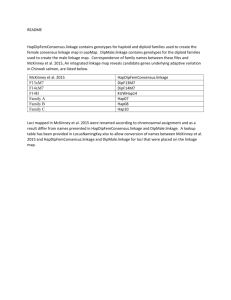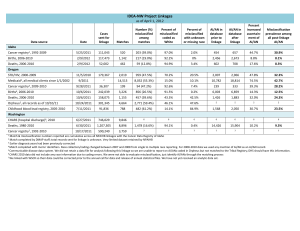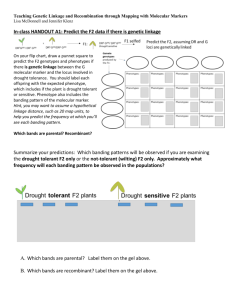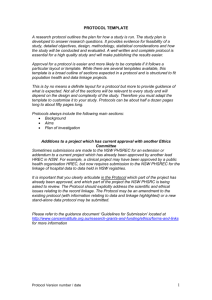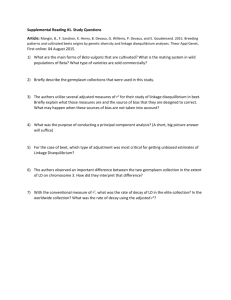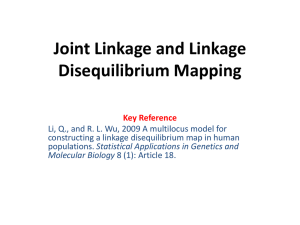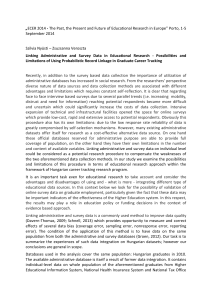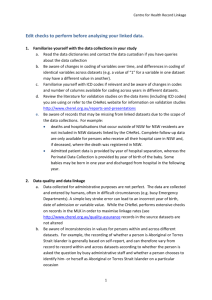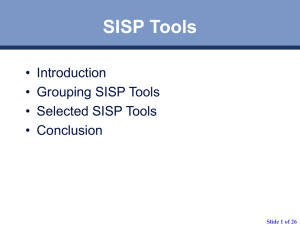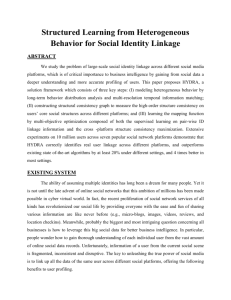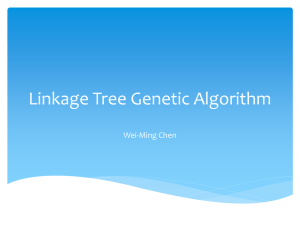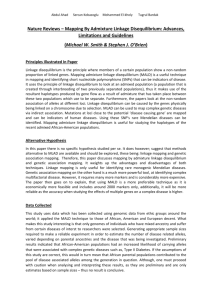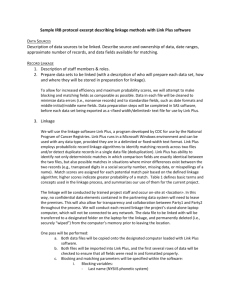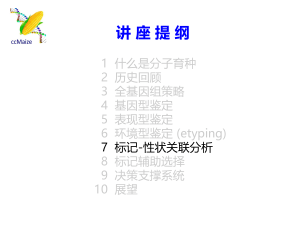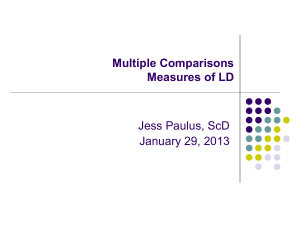Chapter 8 Linking Individual Performance to Business Strategy: the
advertisement
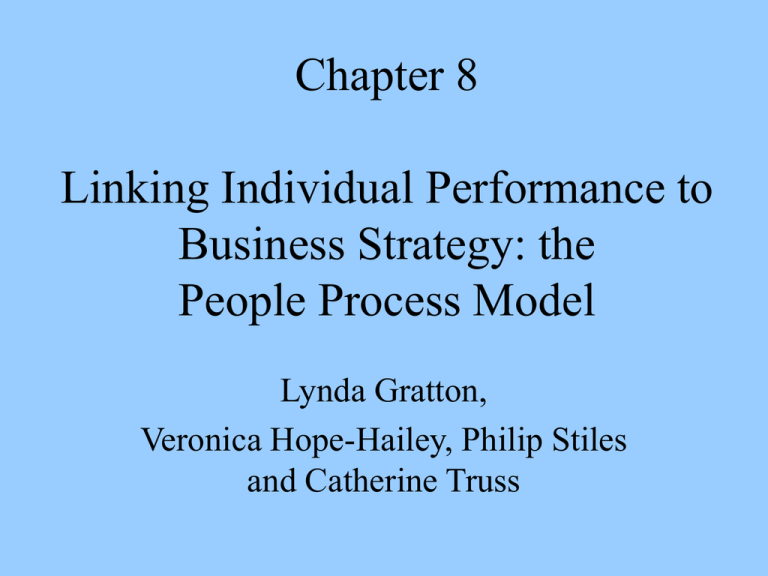
Chapter 8 Linking Individual Performance to Business Strategy: the People Process Model Lynda Gratton, Veronica Hope-Hailey, Philip Stiles and Catherine Truss Introduction • A key challenge facing organizations is how they continue to deliver sustained competitive advantage in the short term while preparing for longer-term success. • Sources of sustained competitive advantage lie not only in access to finance or capital, but within the organization, in people and processes capable of delivering business strategies. Introduction • Purpose: – Build on existing models by mapping, through a case-based methodology, that particular aspect of model which focuses on how the link between strategy and individual performance is played out. • Assumption: – – – – Focus on collecting exploratory data Case methodology In-depth data collected from many people Link between business strategy, human resource strategy and realized human resource management operates in a dynamic manner and within a particular context – Table 8.1 p. 143 • Create a map of processes which link business strategy to the performance of individuals and the organization • Use this map to increase our understanding of the elements and leverage points of successful linkage The Emerging Map • Proposition 1 – Vertical linkage expresses linking a business goal to individual objective setting, to the measurement and rewarding of the business goal; internal people policies and processes and external product market/strategy. – Horizontal linkage created within and between the people processes; cohesion, coherence, synergy. – Temporal linkage is the linkage between the capabilities of the present and the aspirations of the future Proposition 2 Relationship between the Core People Process • Four key people processes • Set objectives which are clearly and consistently linked to the business strategy • Create performance metrics • Reward performance in line with the business goals • Provide short-term training • Set of processes for the future • Creating a leadership cadre • Transforming the basic skills and aspirations • Creating an organizational structure and value set Proposition 2 • Three elements of vestiges – Scan and diagnose people capability – Create an understanding of the gap between capability and business requirements – Create a people strategy for design and delivery of people processes Proposition 3 The Strength of the Processes • Create linkage between the business strategy and individual performance – Some very strongly linked – Others weak • Table 8.3 p. 150 The Findings (table 8.4 p. 151) • Strongly linked: objective setting – Processes for setting annual objectives and agreeing targets were a feature of all the companies – Processes were well documented, systematically rolled out, supported by managers – Employees were aware of the business strategy and how it linked to their performance – Part of the fabric of the culture and an important management discipline The Findings • Strongly linked: short-term training – Training was a key aspect of their ability to create the flexible and multi-skilled workforce crucial to delivering both short- and longer-term business performance – Key lever was the ability to maximize the performance of knowledge workers in pursuit of a learning organization – Majority believed they had the skills needed to deliver the performance objectives – Challenging jobs played the most significant role developing employees’ work performance The Findings • Strongly linked: leadership development – Complex succession processes supported by • • • • Early identification of high-potential people Accelerated development of this group Succession lists ‘Backstopping’ arrangements The Findings • Weakly linked: long-term people strategy – Processes are opaque – Most were operating with a relatively weak strategic linkage – Debates about people followed the development of strategy The Findings • Weakly linked: scanning long-term people trends – Elements can provide a vehicle to scan the external environment • • • • Probable competitive pressures Legal trends Demographic changes Contractual trends – Understanding trends can prepare for potential skill shortages and help to plan for the impact of work or lifestyle changes – None engaged in frequent scanning of these longterm people trends The Findings • Weakly linked: workforce development – Lack of strategic linkage results from: • Profound downsizing and restructuring (destroyed career paths and psychological contracts) • Accelerating changes in the technological and competency base of the organization require new skills – Process required to predict future skill needs were underdeveloped Differences across the processes • Stronger linkage for short-term people processes • Weaker linkage for longer-term orientated processes • Creating alignment is highly complex • Short-termism causes focus on the ‘numbers’ and little incentive to invest in HR because of its inherent long-term return of investment Differences across the companies • Multinational Companies – More strongly linked people processes – More strongly embedded and linked to the strategy – Less ad hoc and unmonitored • Scale of Transformation – Weakest where company had recently experienced major catastrophic transformation and change – Severe weakening of HR processes associated with transformation • Administrative Heritage – Where processes had been in place for many years, they were better embedded and supported Differences across the companies • Administrative Heritage – Where processes had been in place for years they were better embedded and supported – Less apparent where recently introduced – Strongly linked processes are built over time in a consistent manner – Not unusual for a significant gap between rhetoric and reality

